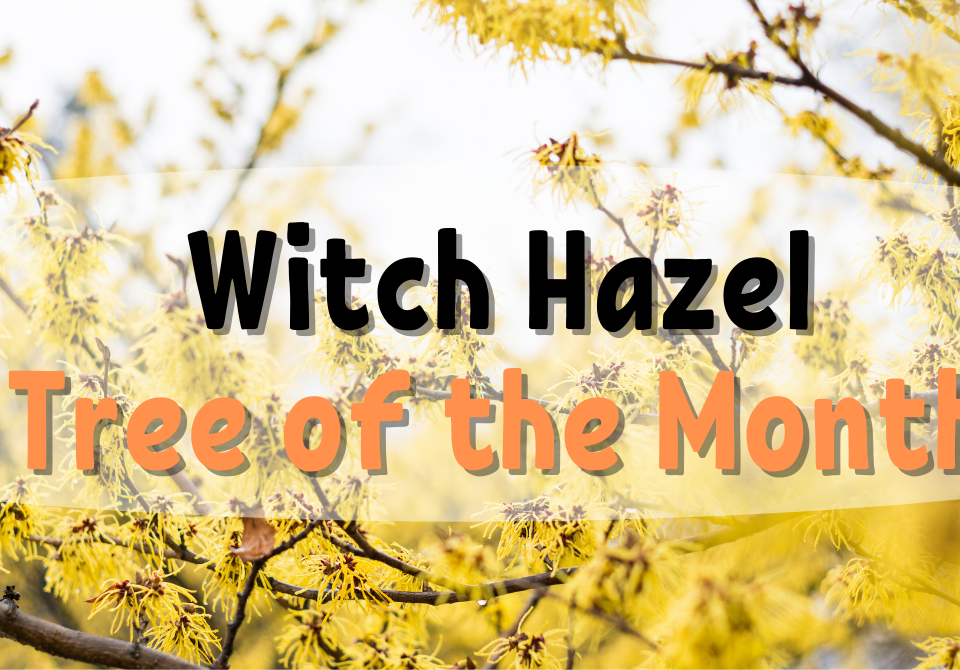December Tree of the Month: American Holly

Making Good Use of Fall Foliage
11.23.21
The Soil Blog
1.17.22
The American Holly is a winter favorite, that’s why it has been chosen as our December tree of the month! The American holly is a dense evergreen that sustains wildlife in the winter. With distinct points on its leaves and bright red berries, the holly is engraved in our memories of winter and the holidays. It is very durable in cold climates but struggles with poorly drained areas, dry windy conditions and over exposed sunlight. These conditions make low temperature areas their ideal place.
Size at maturity
- Hight 40-50 feet (although different varieties and cultivars may be smaller)
- Spread 18-40 feet
Shape
- The American holly often takes on a cone shape, but it is often sculpted into other forms in landscaping. This tree can sometimes look misshapen or shrub-like in heavily wooded areas where sunlight is minimal.
Fruit
- American hollies have small red berries in bundles all over the tree. Although the berry-filled branches make inviting decorations during the holiday season, these berries are poisonous to humans and pets! However, many bird species like blue jays, mockingbirds and wild turkeys all eat their fruit.

Sun
- The American holly can tolerate full to partial sunlight.
Soil
- The American holly prefers acidic, loamy, moist, rich, and well-drained soils.
Natural Range
- Their natural range is from Massachusetts to Florida, east to Texas and along the Mississippi Valley.
Use
- The American Holly is commonly used as a landscaping tree. Their year-round dense foliage and pointy leaves makes them ideal privacy trees.
Environmental/wildlife benefits
- The berries of the American holly can be used as food for many species of bird and their thick winter foliage provides warm nesting spots.
Fun fact
- Holly branches are known as one of the oldest raw materials used in forming Christmas wreaths.



